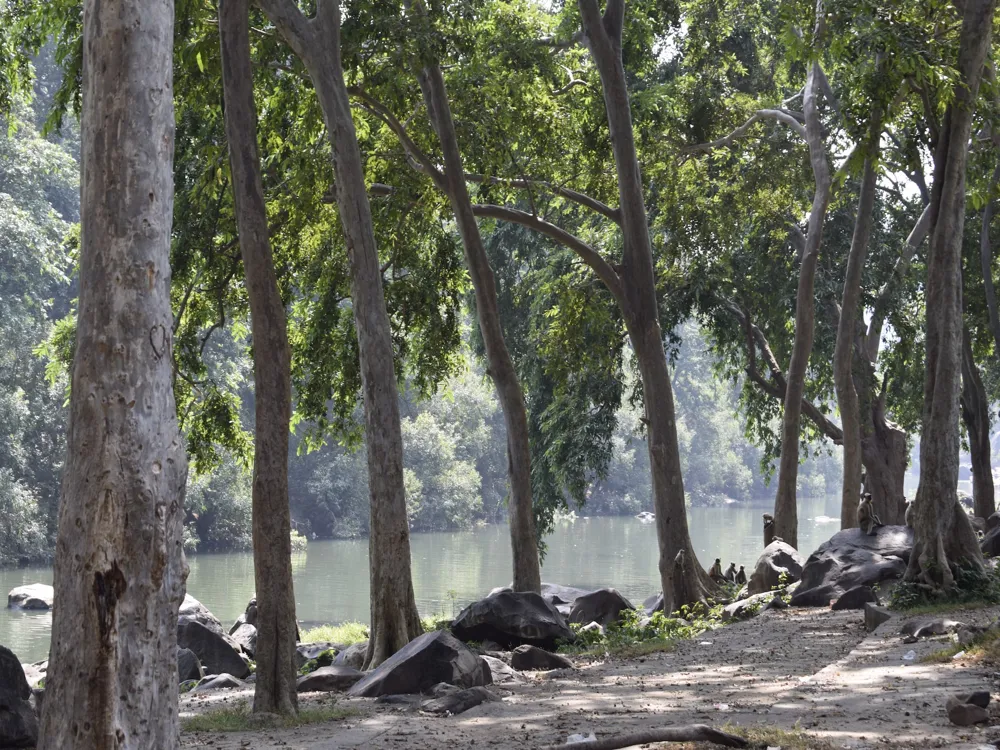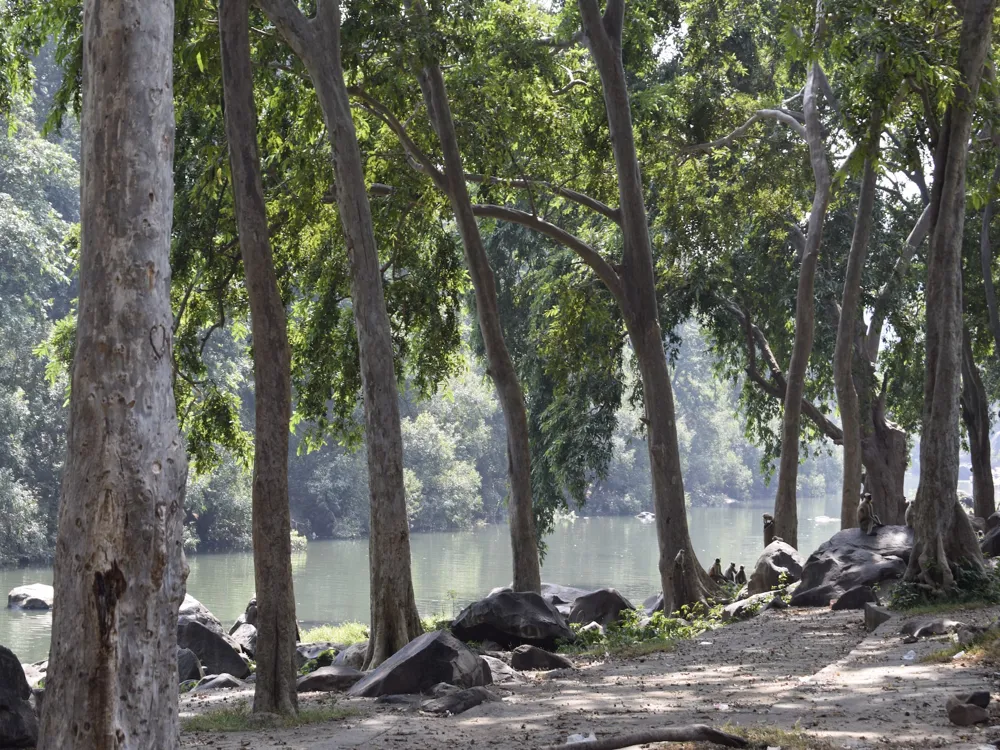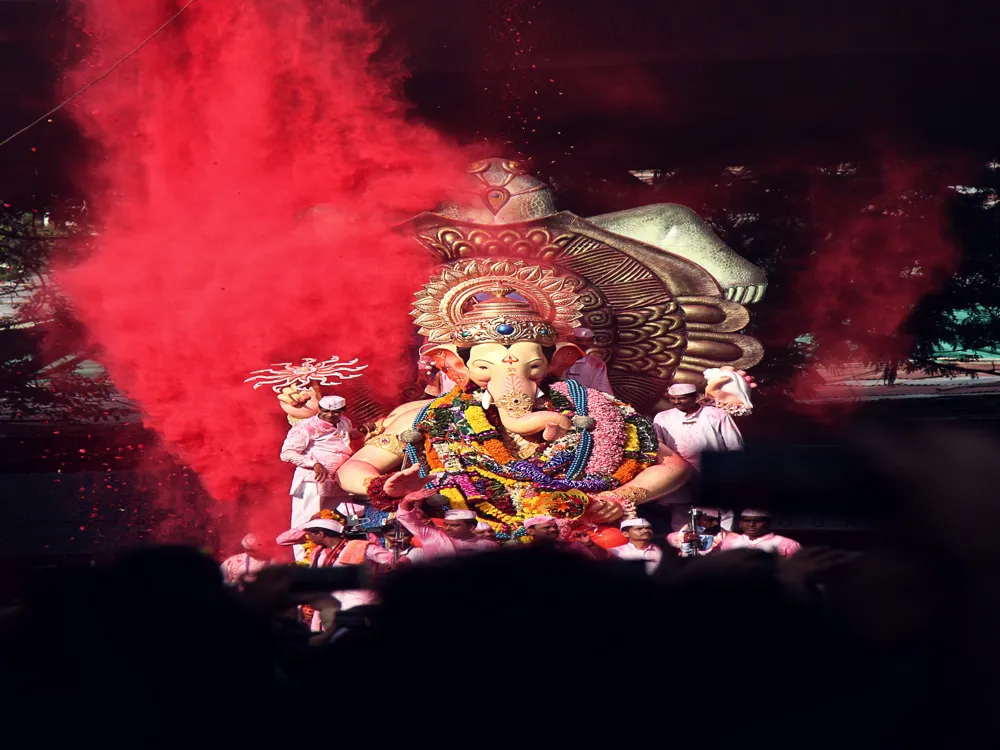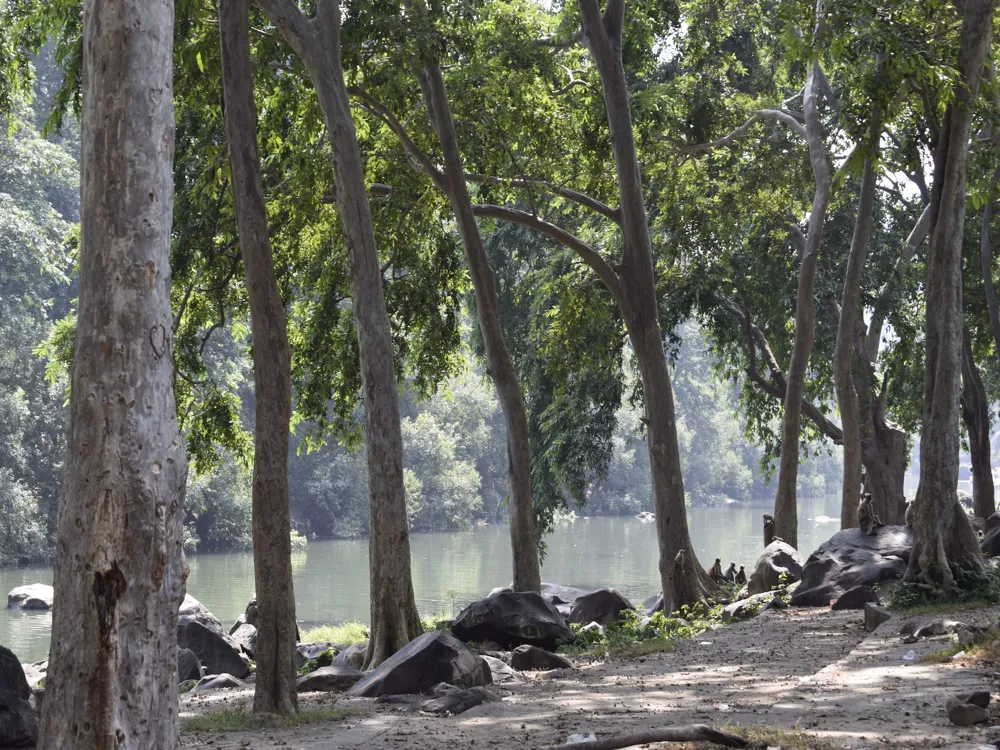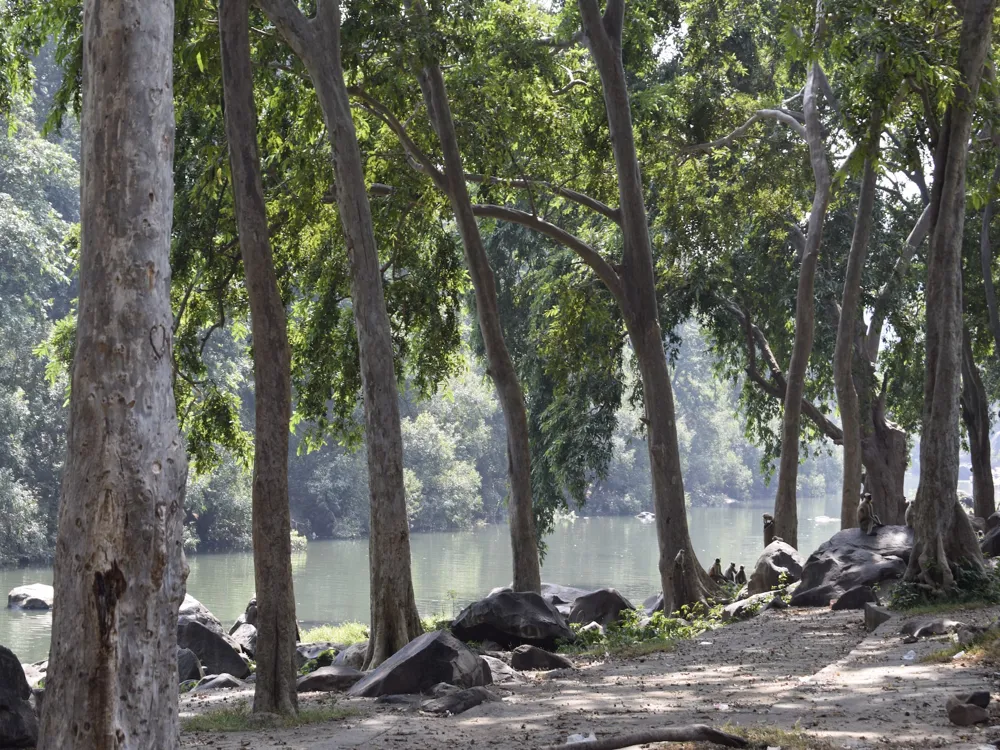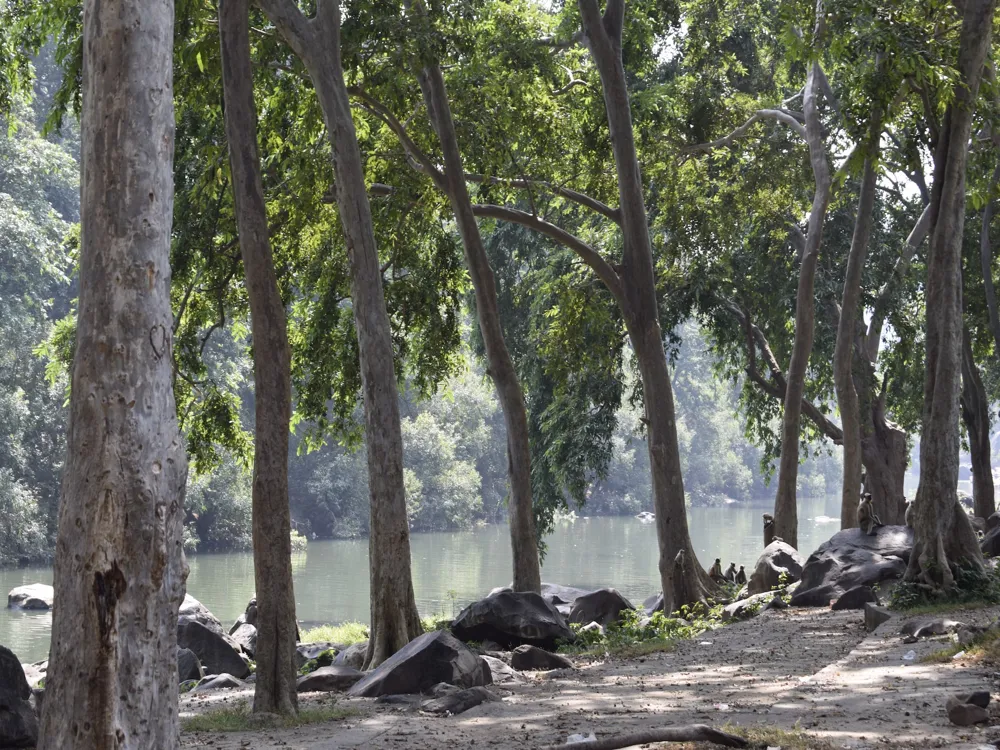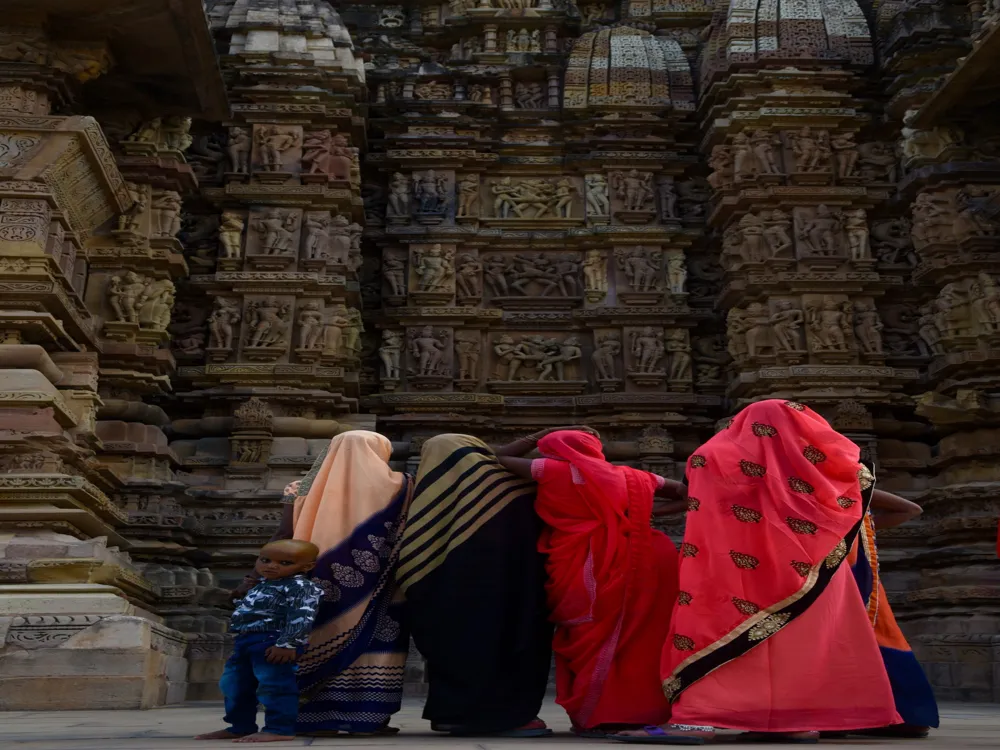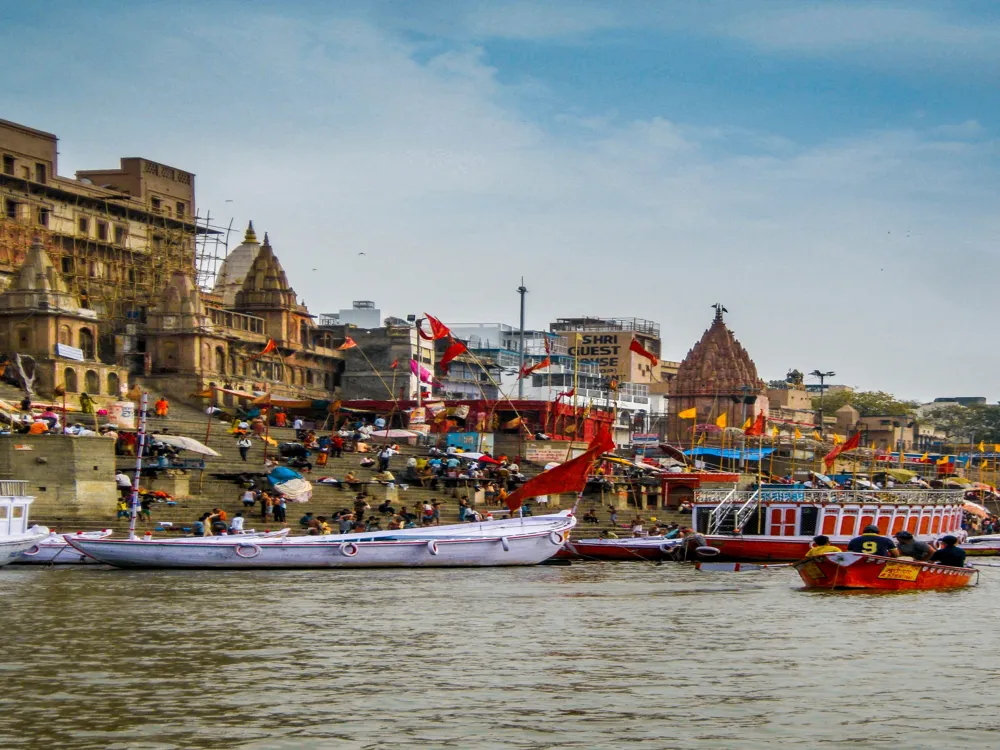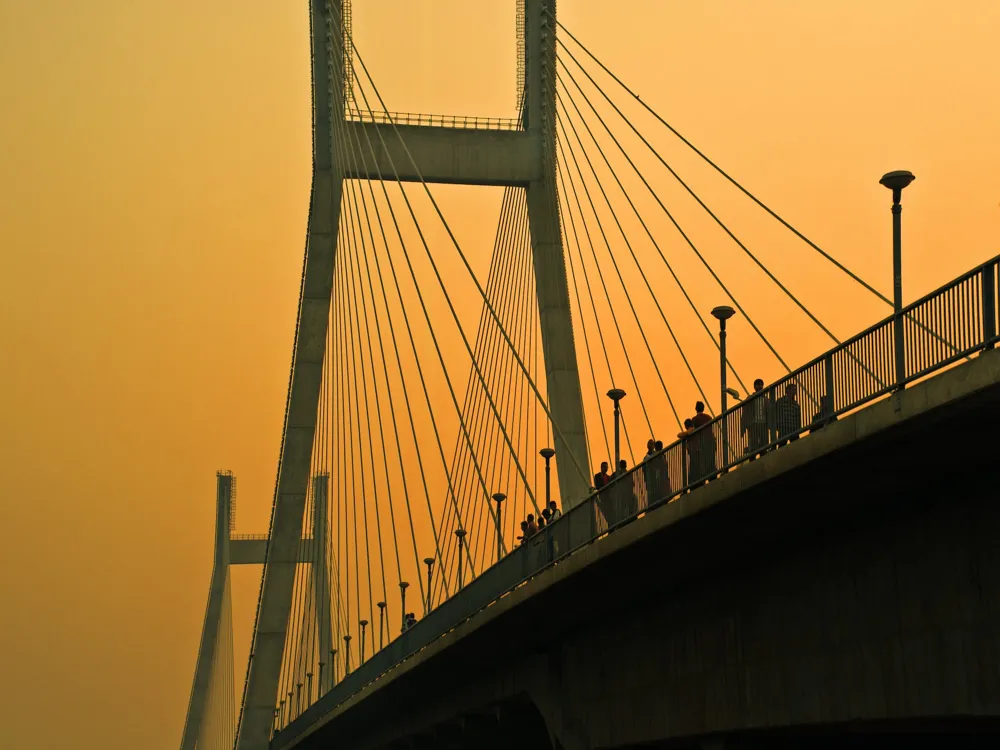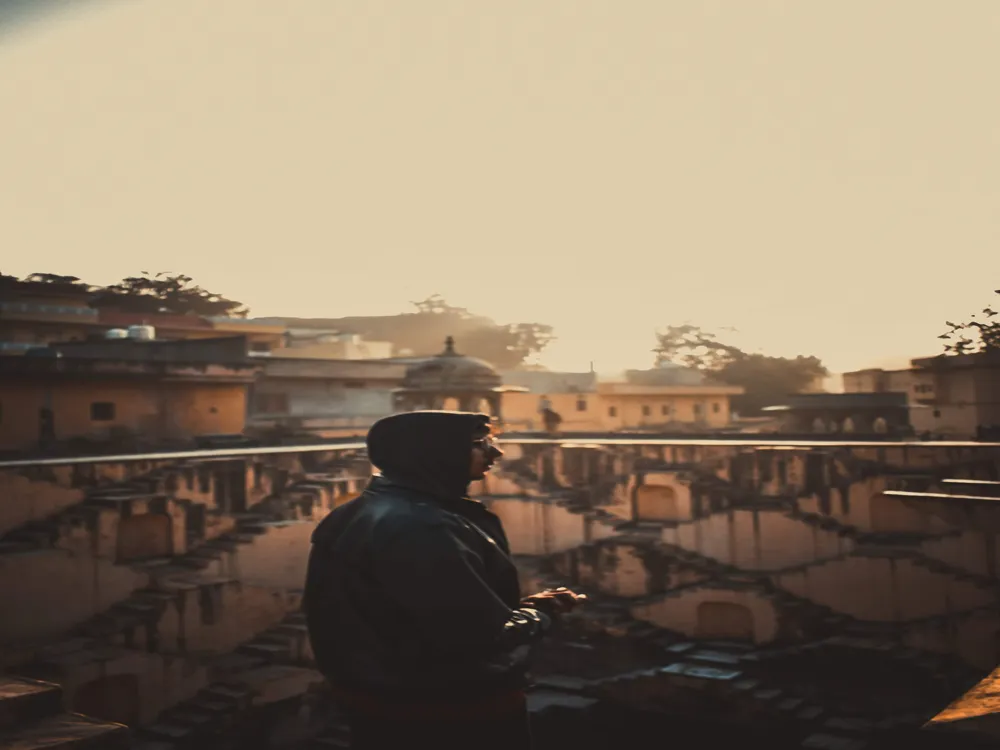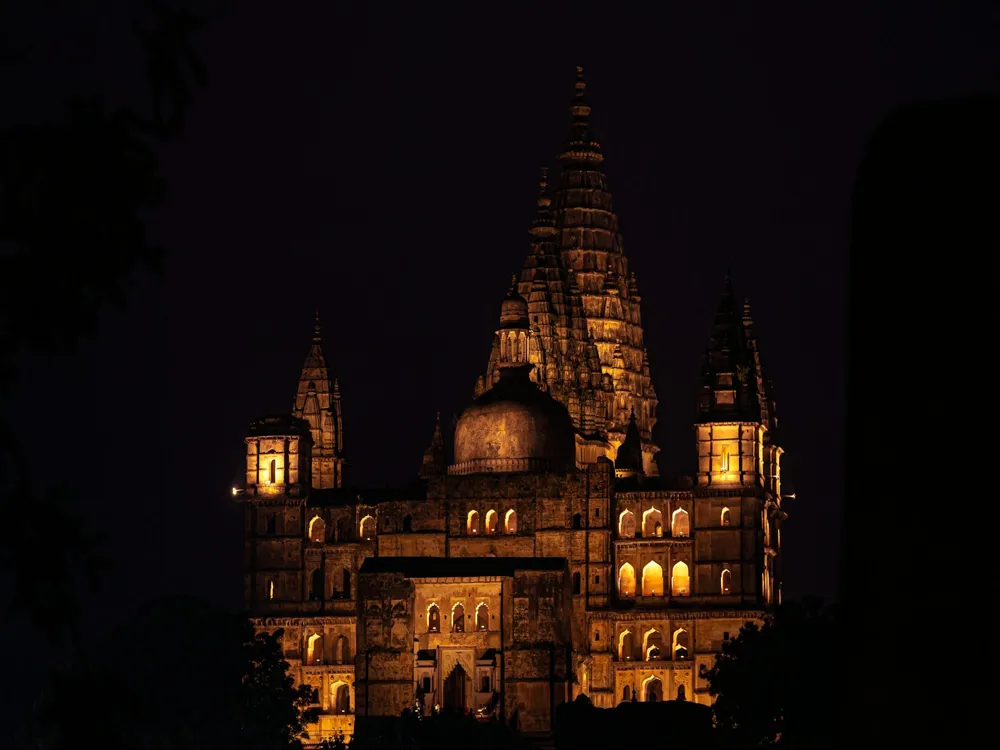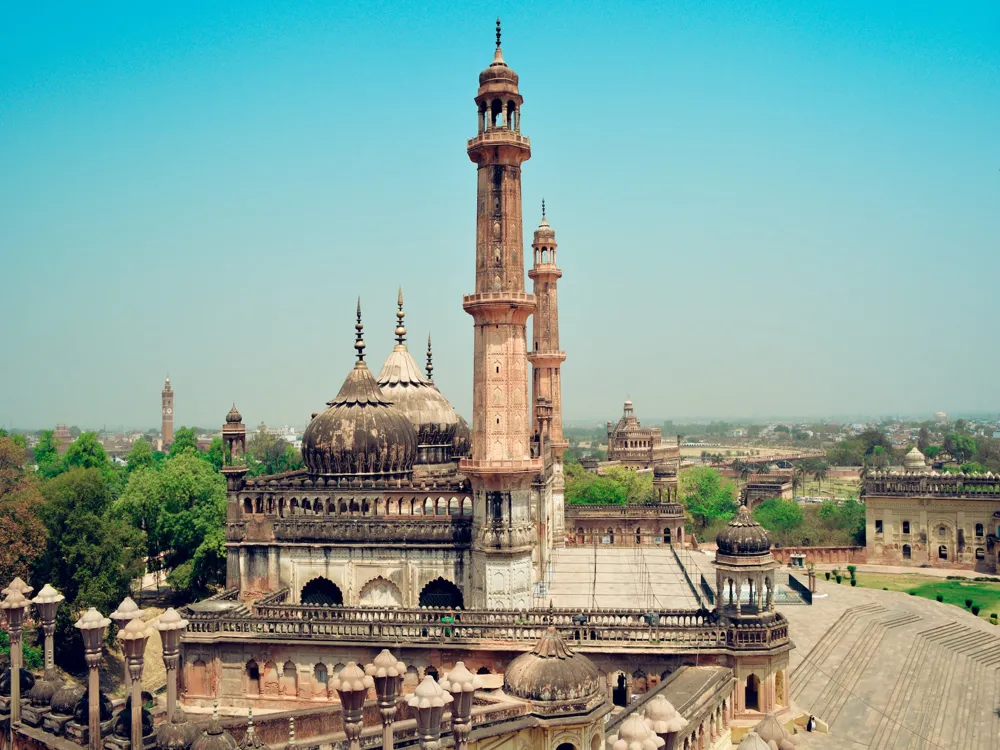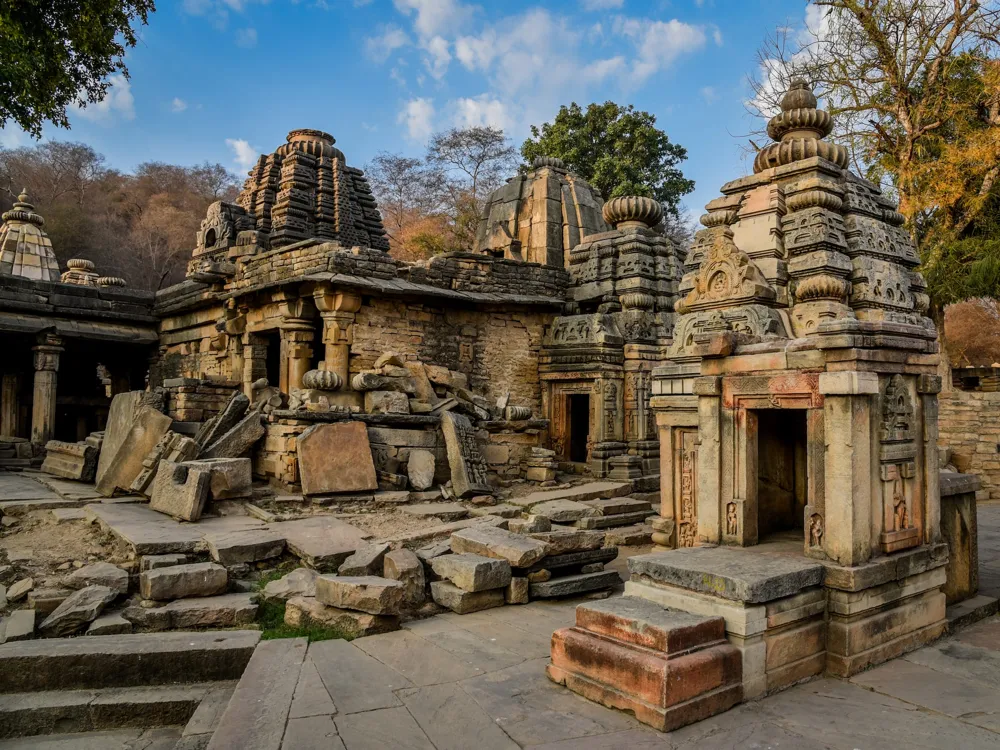Chitrakoot, a serene and picturesque pilgrimage town in the heart of Uttar Pradesh, India, holds a profound spiritual significance and a rich cultural heritage. This ancient town, nestled along the banks of the river Mandakini, is a tapestry of myths, legends, and historical relevance, deeply intertwined with the epic narratives of the Ramayana. Chitrakoot's enchanting landscape, comprising lush green forests, tranquil ghats, and holy temples, has been a spiritual retreat for sages, saints, and pilgrims for centuries. The history of Chitrakoot is as old as the legends of Hindu mythology. It is believed to be the abode of Lord Ram, Sita, and Lakshman during their fourteen years of exile. The town resonates with the spiritual energy and tranquility of their presence, making it a center for spiritual learning and enlightenment. The charm of Chitrakoot lies not just in its religious significance but also in its natural beauty, with the Vindhya Range adding a majestic backdrop to its sacred landscape. In Chitrakoot, every corner tells a story, and every stone speaks of the divine. From the tranquil ghats of the Mandakini River to the hallowed Kamadgiri Parikrama, a pilgrimage circuit revered by devotees, the town is a living museum of devotion and faith. The annual fairs and festivals, like the Ramayana Mela and Amavasya Mela, transform the town into a vibrant tapestry of cultural festivities, attracting thousands of devotees and tourists from across the globe. The architecture of Chitrakoot is a testament to the town's ancient and religious legacy, reflecting a blend of divine inspiration and historical artistry. The temples and structures in Chitrakoot are predominantly built in the traditional Hindu style of architecture, characterized by intricate carvings, towering spires, and ornate sanctums. These structures are not just places of worship but are embodiments of the spiritual ethos and cultural identity of Chitrakoot. One of the architectural marvels of Chitrakoot is the Hanuman Dhara Temple, located atop a hill. This temple, dedicated to Lord Hanuman, is a fine example of rock-cut architecture, with a cascading stream of water adding to its mystical aura. The Gupt Godavari caves, another architectural wonder, feature narrow passageways and cavernous halls, believed to have been the secret council chambers of Lord Ram and Lakshman. The Kamadgiri Temple, encircled by the Parikrama path, is the heart of Chitrakoot's spiritual architecture. The temple, revered as the embodiment of Lord Ram himself, is an exquisite example of ancient craftsmanship, with its elegant dome, detailed frescoes, and sacred sanctum. Similarly, the Sati Anusuya Ashram, with its simplistic yet profound architectural style, stands as a symbol of devotion and purity. The ideal time to visit Chitrakoot is from October to March, when the weather is pleasant, and the natural beauty of the region is at its peak. This period also coincides with several significant festivals, offering a unique glimpse into the town's cultural vibrancy. Visitors are advised to dress modestly, especially when visiting temples and religious sites. Traditional Indian attire or conservative western clothing is preferable. It's also important to respect the local customs and practices, including removing shoes before entering temples. Chitrakoot is well-connected by local transport options like autorickshaws, taxis, and buses. For a more immersive experience, visitors can opt for cycle-rickshaws or walking tours to explore the town's spiritual and historical landmarks. Chitrakoot offers a range of accommodation options, from budget lodges to mid-range hotels. For a more spiritual experience, visitors can also choose to stay in one of the many ashrams that offer basic facilities and a serene environment. The local cuisine of Chitrakoot is predominantly vegetarian, with an emphasis on fresh, regional ingredients. Street food stalls and local eateries offer delicious snacks and meals, allowing visitors to savor the authentic flavors of the region. Chitrakoot is accessible by various means of transportation, making it a convenient destination for pilgrims and tourists alike. The nearest airport is in Khajuraho, about 175 kilometers away, from where taxis and buses are available to Chitrakoot. For those preferring to travel by train, the Chitrakoot Dham Karwi Railway Station is well-connected to major cities in India. Additionally, the town is linked by a good network of roads to neighboring states and cities, with regular bus services available.Overview of Chitrakoot, Uttar Pradesh
Architecture of Chitrakoot
Tips for Visiting Chitrakoot
Best Time to Visit
Dress Code and Etiquette
Local Transportation
Accommodation Options
Food and Dining
How To Reach Chitrakoot
Read More
Janki kund
Chitrakoot
Uttar Pradesh
NaN onwards
View chitrakoot Packages
Chitrakoot Travel Packages
View All Packages For Chitrakoot
Top Hotel Collections for Chitrakoot

Private Pool

Luxury Hotels

5-Star Hotels

Pet Friendly
Top Hotels Near Chitrakoot
Other Top Ranking Places In Chitrakoot
View All Places To Visit In chitrakoot
View chitrakoot Packages
Chitrakoot Travel Packages
View All Packages For Chitrakoot
Top Hotel Collections for Chitrakoot

Private Pool

Luxury Hotels

5-Star Hotels

Pet Friendly







